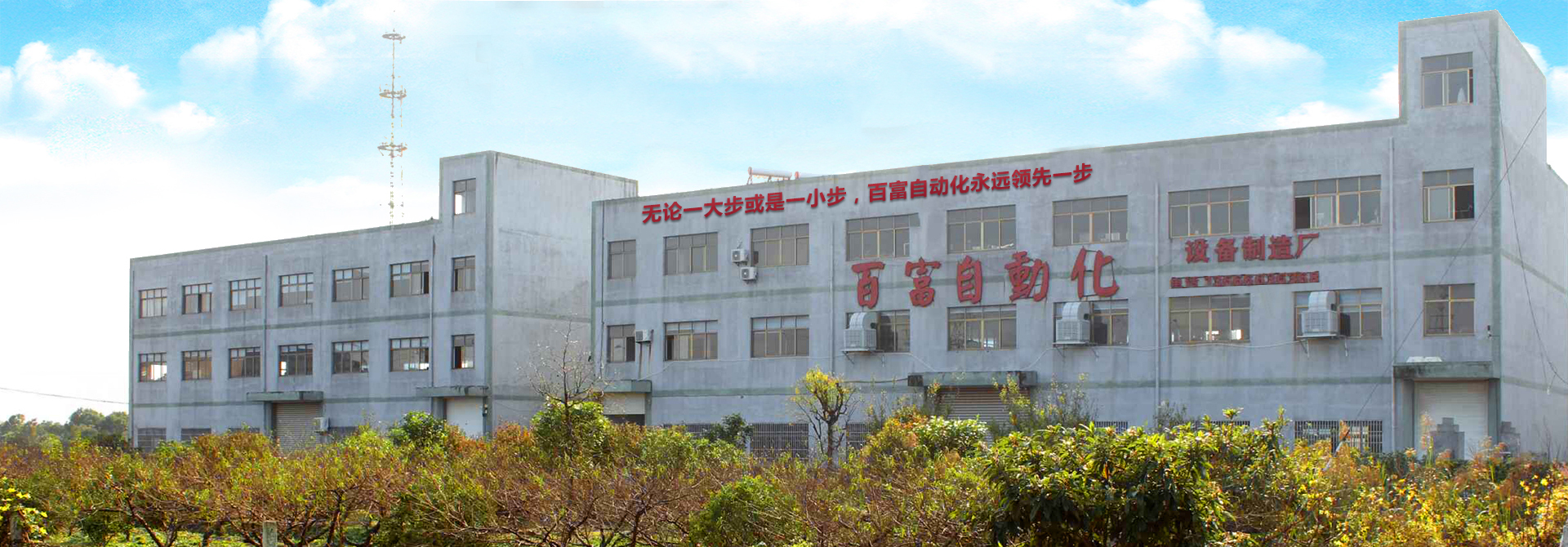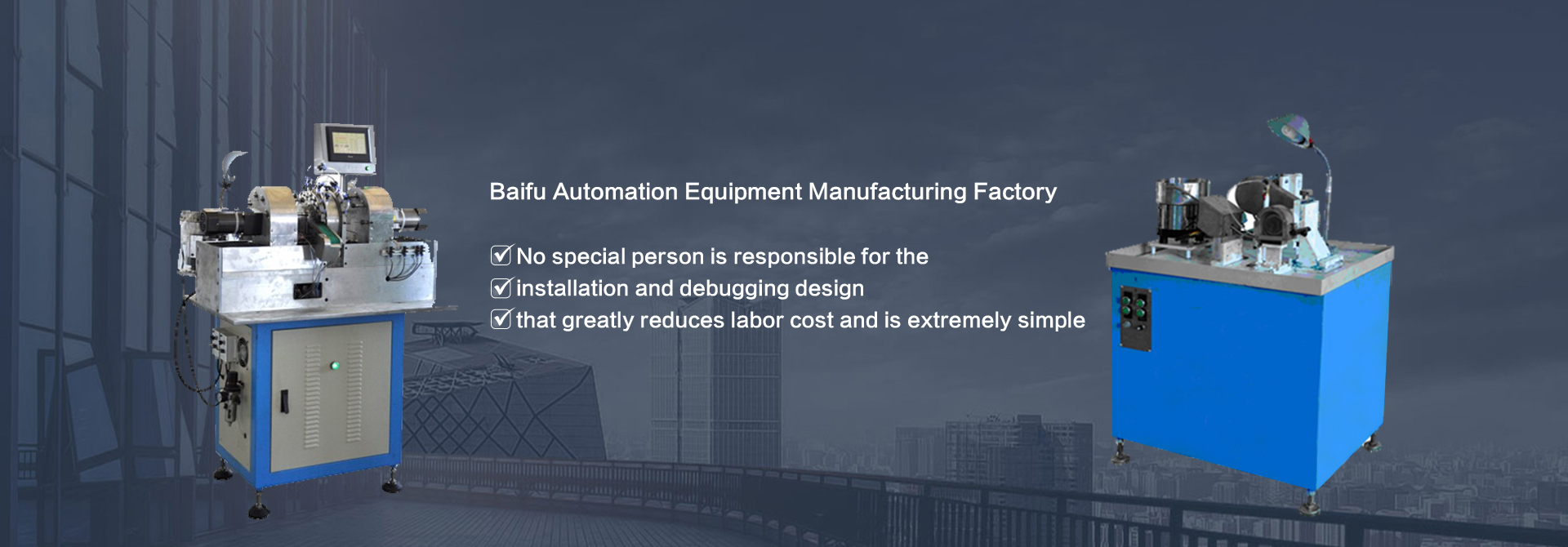Lighters for lighter equipment
Lighters for lighter equipment
Lighter is a small fire device. It is mainly used for smoking and fire, as well as for cooking and other fires.
The main components of the lighter are the ignition mechanism and the gas storage tank. When the ignition mechanism operates, sparks burst into the gas area and ignite the gas. The ignition mechanism is the most active part in the evolution of lighters, and it is also a complicated part of the structure. According to the characteristics of the ignition mechanism, lighters can be divided into six types: flint wheel lighter, piezoelectric ceramic lighter, magnetic induction lighter, battery lighter, solar lighter and micro-computer lighter. Lighter gas is mainly combustible gas. Early use of gasoline. Butane, propane and liquefied petroleum gas are used today. They are pressurized and filled into storage tanks. Once released into the air, they expand rapidly and ignite easily. The lightest lighter was derived from flint firearms. When the trigger with a spring is buckled, it will strike sparks on the flint and ignite dry leaves.
The ancestor of modern lighters can be said to be the 16th century European Flamingo box and its namesake CHUCK-MUCKRS lighter iron box. Both of them work in the same way. They use sparking iron to create sparks and ignite them. The difference is that the lighter iron of the corduroy box is tied to one side by a chain, while the lighter iron box is completely integrated. The latter is China's. Shortly after the world's first pistol came out, the first early lighter came into being, because it was made from a pistol, called a flannel pistol. This lighter has long been used as a symbol of identity and office furnishings. It was invented by Alfred Hill. Modern lighters can be divided into liquid lighters and gas lighters according to the fuel used, and grinding wheel lighters and electronic lighters according to the way of ignition.
Production technology of lighter
This product exists in oilfield gas, wet natural gas and cracking gas, such as ethylene production unit of petrochemical light oil cracking, cogeneration of carbon tetracarbons, about 40% of ethylene production; carbon tetracarbons produced in catalytic cracking unit of petroleum refinery, about 6% of the unit's processing capacity, can be separated to obtain butane. 1. Separation from oilfield gas and wet natural gas: After pressure condensation separation, LPG containing propane and butane can be obtained, and then propane and butane can be separated by distillation. 2. Separation from petroleum cracked C_4 fractions: For example, butane accounts for about 65% of naphtha medium-depth cracking products, while butane content in heavy fraction cracking products is lower. In some refinery catalytic units, molecular sieve catalysts and hydrocracking processes have been used, resulting in an increase in the yield of butane in refinery gas and a decrease in the yield of butene. The butane separation process is as follows. After fractionation, separation of C 3, isobutylene and C 5 fractions, the tail gas from catalytic cracking unit enters the pre-B Emergency distillation column from the bottom of the column, and more than 90% butane is obtained from the top of the extractive distillation column.





